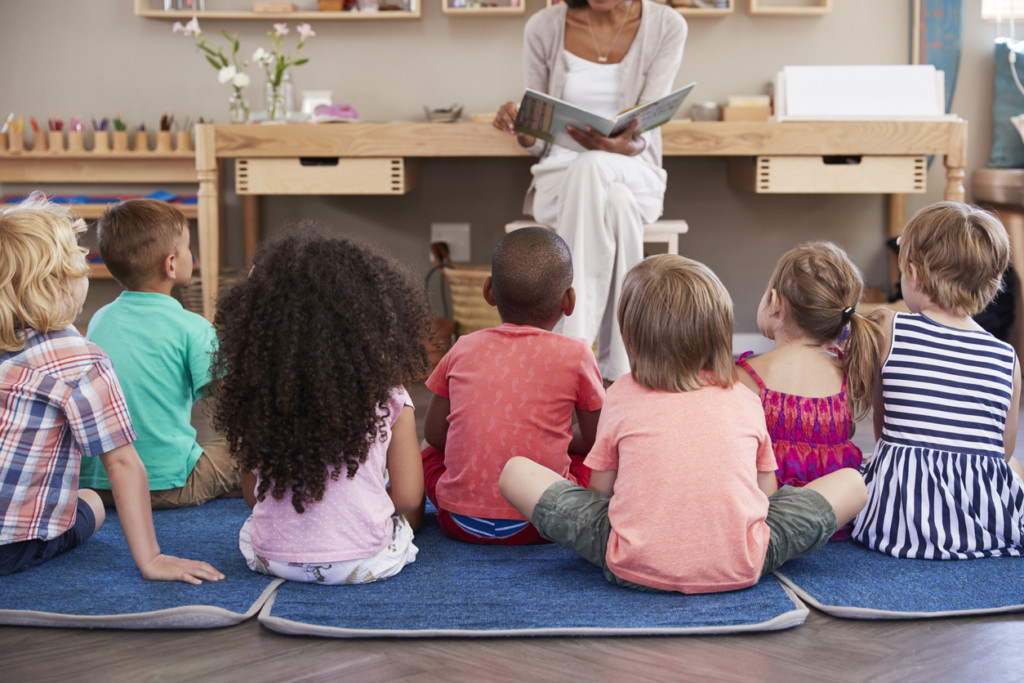
Editor’s note: To read reimaginED executive editor Matt Ladner’s take on the new EdChoice report, click here.
For critics of school choice, the apocalypse has always been now.
School choice supporters are still waiting.
A new report, “Who’s Afraid of School Choice?” by Jason Bedrick and Ed Tarnowksi of EdChoice, ranks the latest round of dire predictions against the evidence and concludes: “Opponents of educational choice recycle the same false prophesies of doom and gloom without regard to the evidence of the scope of the proposals.”
The authors ranked the severity of critics’ claims 1 through 10, with “10” being a prediction of “catastrophic” harm to public schools and students. In true “Spinal Tap” fashion, they added a bonus score of “11” for those critics who make an “apocalyptic” prediction that school choice would dismantle and end public education entirely.
Intensity of rhetoric varied by state and the critic’s profession, such as policymaker, school district employee, interest group, or commentator, which include journalists, opinion writers and bloggers.

As the chart indicates, commentators in Arkansas and school districts in West Virginia earned a perfect score of “11.” Journalists and bloggers in Arkansas should be particularly embarrassed given the fact that the state’s new scholarship program will be capable of enrolling less than 0.1% of the student population.
Commentators averaged the highest score of 8.5 (predicting severe harm to public schools). Surprisingly, interest groups averaged a score of 7.3 (strong to severe harm to public schools).
Arkansas and Missouri averaged the highest scores of 8.6 an 8.3, respectively, (severe concern over harm to public schools), despite school choice programs in these states being capable of enrolling just 0.1 and 0.3% of the student population, respectively.
On the other hand, concern was lowest in New Hampshire (7.5), despite the state’s new education savings account program’s ability to serve 31% of the student population.
None of this is news to those of us in Florida who have been tracking these dire predictions in our state.
As reimaginED has been pointing out for years, one doesn’t have to look beyond Florida to see that such predictions do not match reality.
“This is the day that will go down in the annals of Florida history as the day we abandoned the public schools,” thundered Florida Rep. Debbie Wasserman Schultz in March 1999. Florida’s Legislature would soon create the Opportunity Scholarship, the state’s first voucher program.
Wasserman-Schultz was concerned at the time that a program that would ultimately serve fewer than 800 students a year would severely harm public schools. The evidence shows the opposite happened.
Today, Florida ranks No. 3 in the nation on K-12 achievement. Florida’s K-12 education improved as the number of private school choice students expanded from 57 in 1999 to more than 175,000 today.
Hardly an indication that the end of public education as we know it is near.


